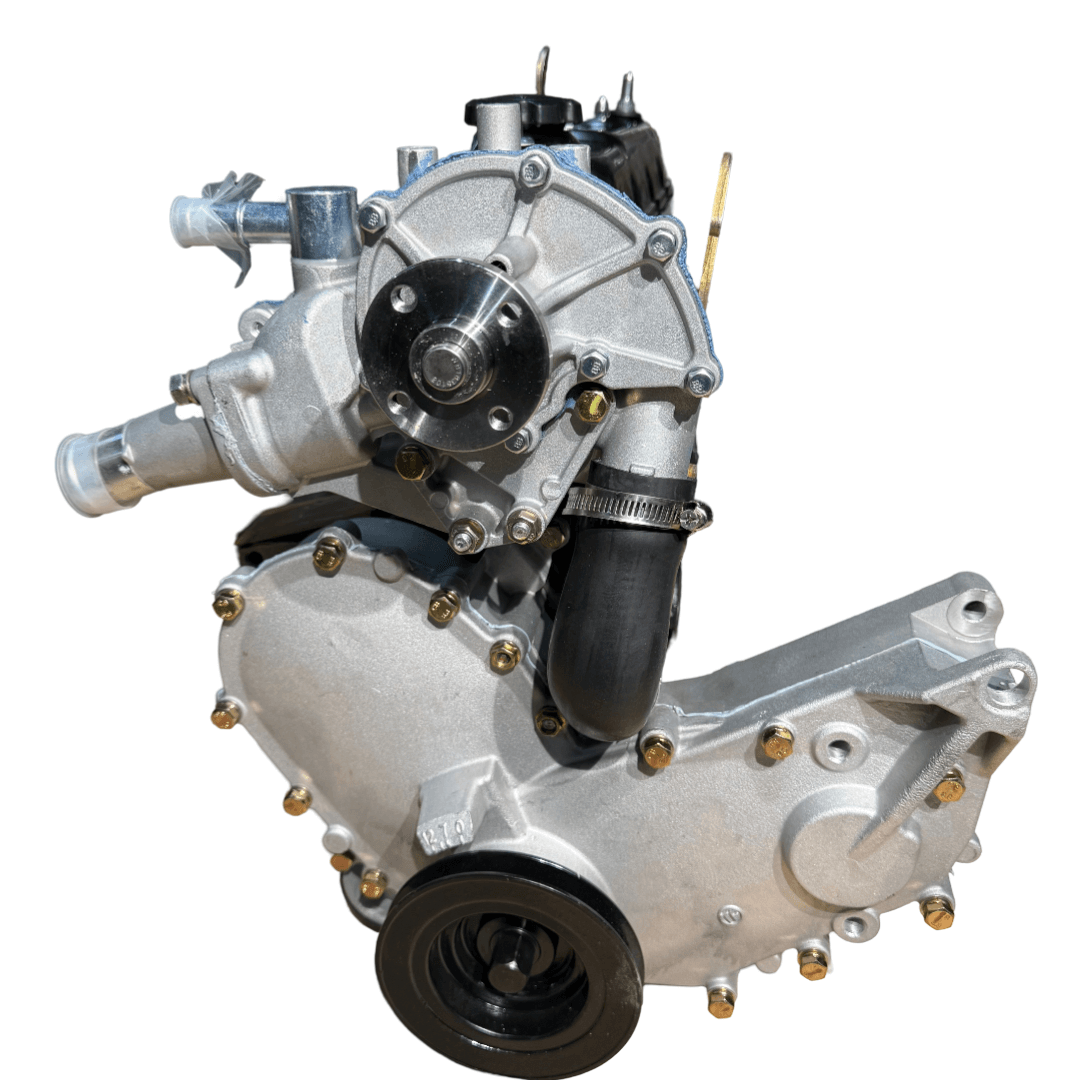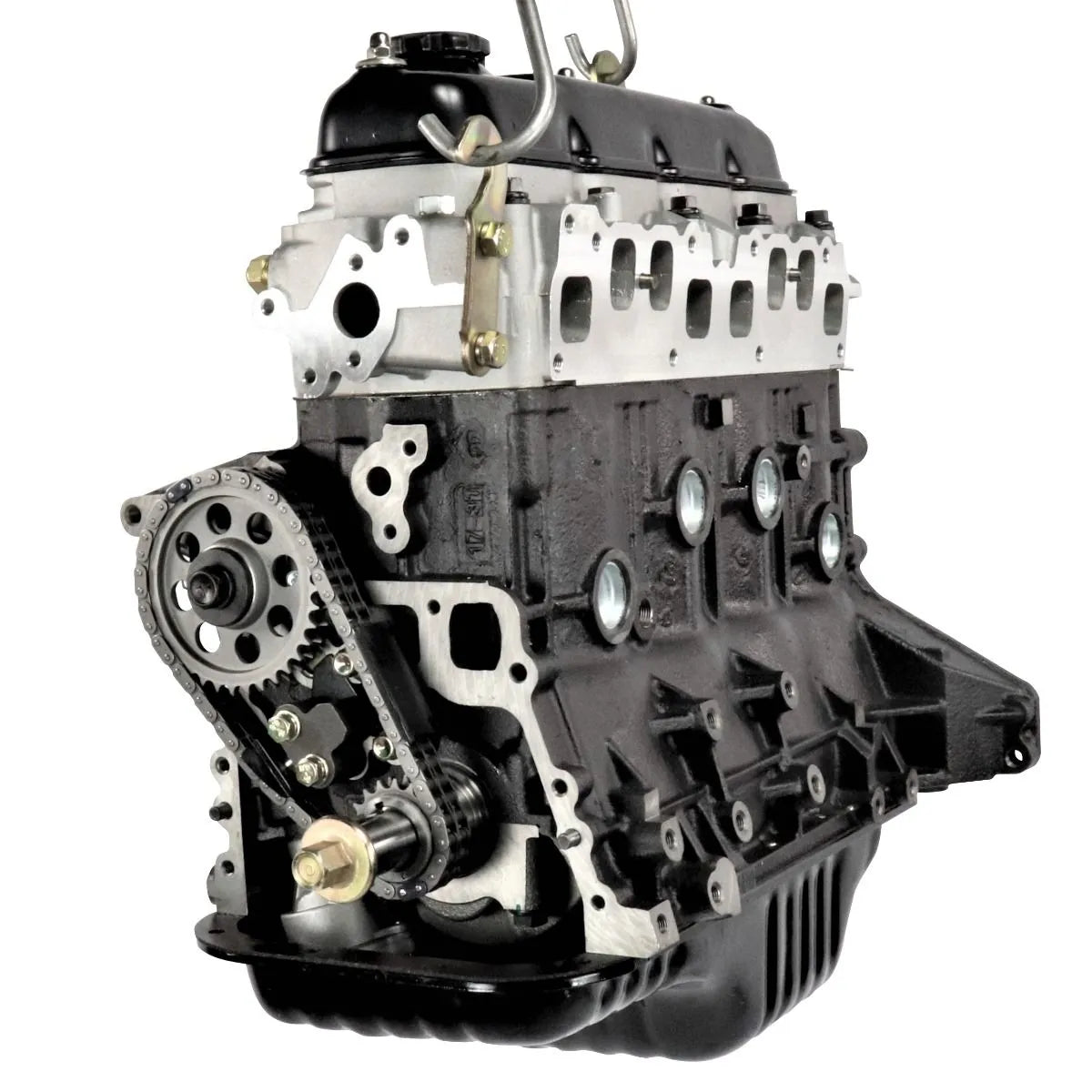Understanding the Mechanics Behind the 4Y Engine’s Power and Durability
Understanding the Mechanics Behind the 4Y Engine’s Power and Durability
Blog Article
The Ultimate Overview to the Engine: Trick Insights for Every Vehicle Enthusiast
Recognizing the engine is basic for any type of automobile enthusiast, as it works as the heart of the car and dictates its performance. This guide gives a detailed examination of engine composition, kinds, and the auto mechanics behind their procedure, including the cutting-edge innovations that are improving the automobile landscape. In addition, it highlights the critical nature of maintenance techniques that can considerably influence an engine's life expectancy. The complexities of engine characteristics and the latest developments in modern technology existing inquiries that merit further exploration. What might these insights expose concerning the future of automobile engineering?
Anatomy of an Engine
Comprehending the anatomy of an engine is important for any type of car enthusiast looking to delve deeper right into auto technicians. An inner burning engine mostly includes a number of essential elements that work in unison to convert fuel into power.
At the heart of this system lies the cylinder block, which houses the cylinders where combustion takes place. Piston activity within these cyndrical tubes is facilitated by the crankshaft, which equates straight activity into rotational energy. Furthermore, the camshaft plays a vital duty in managing the opening and closing of the engine's valves, ensuring correct air-fuel blend intake and exhaust gas expulsion.
Various other necessary elements consist of the gas system, which supplies the engine with the essential gas, and the ignition system, in charge of launching combustion - 4y engine. The air conditioning and lubrication systems are likewise integral, keeping ideal operating temperatures and lowering rubbing, specifically
Engine Kinds and Configurations
A varied variety of engine types and configurations exists, each offering one-of-a-kind advantages and disadvantages tailored to various driving demands and preferences. One of the most common engine types consist of inline, V, flat, and rotating configurations.
Inline engines, including cyndrical tubes set up in a single line, are understood for their simplicity and performance. They are usually discovered in compact automobiles, providing an equilibrium of power and economy. V engines, identified by their 2 banks of cyndrical tubes arranged in a V shape, give higher performance and smoother operation, making them prominent in sporting activities and deluxe vehicles.
Level engines, or fighter engines, have actually horizontally opposed cylinders, which contribute to a lower center of gravity, improving lorry stability. These are generally seen in brand names like Subaru and Porsche.
Rotary engines, although less typical, use an one-of-a-kind layout with a triangular rotor and deal high power-to-weight proportions. They master portable and light-weight applications, mostly seen in Mazda vehicles.
Each engine type offers particular efficiency characteristics, weight distributions, and fuel effectiveness, making certain that automobile lovers can pick the appropriate engine configuration to match their driving style and car demands.

How Engines Function
Engines, despite their kind or setup, operate essential concepts that control their efficiency and effectiveness. At their core, engines convert fuel into mechanical energy through a collection of regulated surges or compressions. This process typically involves four major strokes: intake, power, exhaust, and compression.
Throughout the intake stroke, the engine attracts in a mixture of Home Page air and gas. In the power stroke, a spark fires up the compressed combination (in gas engines) or the mix sparks automatically (in diesel engines), resulting in a quick growth of gases that pushes the piston down.
The performance of an engine is affected by various variables, including the layout of the combustion chamber, the kind of fuel utilized, and the accuracy of the engine's parts. Understanding these essential concepts is crucial for auto enthusiasts that look for to value the elaborate technicians behind their vehicles, in addition to for those intending to improve efficiency through adjustments and tuning.
Innovations in Engine Modern Technology
Recently, improvements in engine technology have considerably changed the vehicle landscape, improving both performance and ecological sustainability. Among one of the most noteworthy advancements is the growth of turbocharging and supercharging, which allows smaller engines to produce higher power outcomes without giving up gas efficiency. This has resulted in an increase in the appeal of scaled down engines, supplying manufacturers with the capability to satisfy strict exhausts regulations while maintaining performance criteria.
Furthermore, crossbreed and electrical powertrains are improving the engine paradigm. Hybrid systems incorporate inner burning engines with electric motors, optimizing fuel usage and minimizing emissions. Totally electrical Recommended Site cars (EVs) remove the burning engine completely, counting on innovative battery innovation to provide instant torque and outstanding acceleration.
Furthermore, the integration of expert system and equipment learning in engine administration systems enables real-time optimization of performance criteria, boosting effectiveness and responsiveness. Developments such as variable valve timing and direct fuel shot additionally fine-tune combustion procedures, maximizing power result while decreasing waste.
As the automobile market continues to develop, these technologies in engine technology will play a crucial function fit the future of flexibility, prioritizing both performance and sustainability.
Maintenance Tips for Enthusiasts
Maintaining an engine is as important as the technologies that enhance its performance. Normal upkeep not only extends the life of your engine yet also guarantees ideal efficiency.
Check and replace air filters occasionally to ensure proper air flow, which is crucial for combustion performance. A blocked air filter can cause reduced performance and enhanced gas usage. In a similar way, keep track of the coolant levels to stop getting too hot, and change coolant according to the solution routine.

Conclusion
In final thought, a thorough understanding of engine composition, kinds, and auto mechanics is crucial for automobile fanatics. Regular maintenance techniques, including oil changes and air filter checks, site here are essential for guaranteeing ideal engine capability and longevity.

Engines, no matter of their kind or arrangement, run on basic concepts that control their performance and efficiency. In the power stroke, a stimulate fires up the pressed combination (in gas engines) or the combination ignites spontaneously (in diesel engines), resulting in a quick development of gases that pushes the piston down.In current years, developments in engine innovation have actually substantially transformed the auto landscape, boosting both efficiency and environmental sustainability.
Report this page